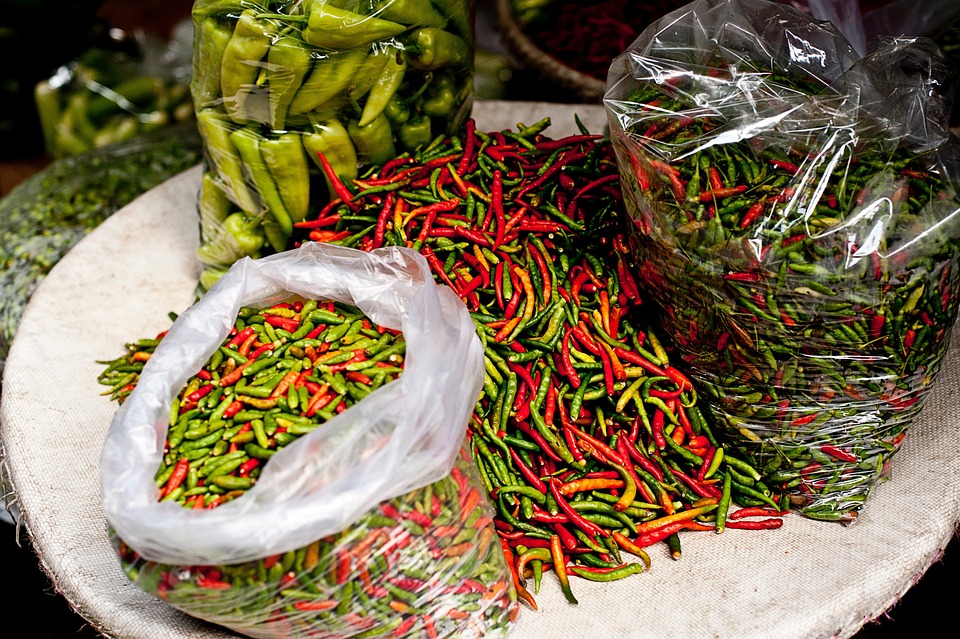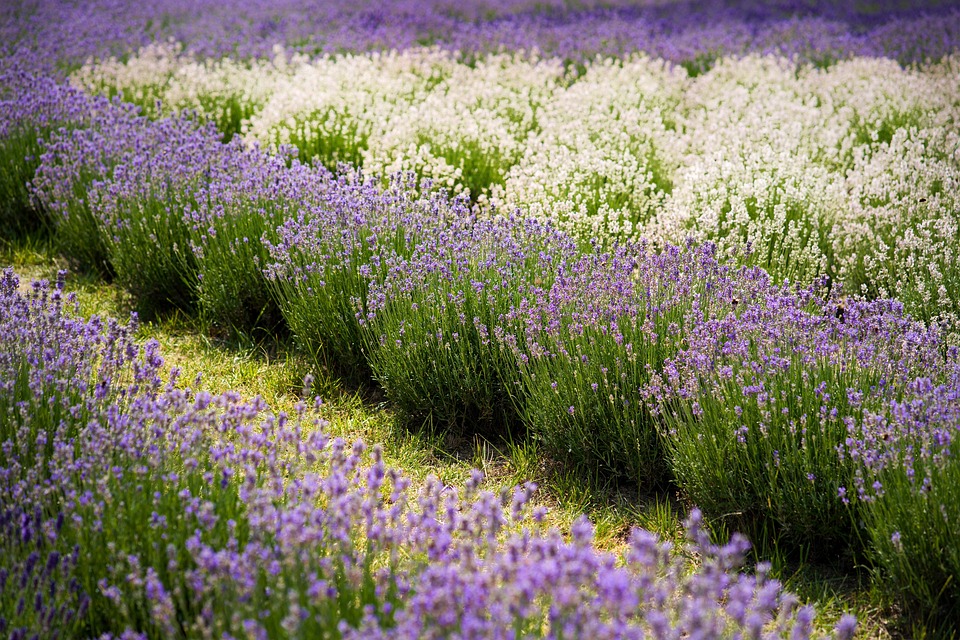Feel free to modify any of these to better match your article’s focus!
# Embracing the Freedom of Off-Grid Living: A Joyful Journey to Self-Sufficiency There I was, crouching low beside my little garden, a humble patch of soil bursting with tomatoes, cucumbers, and fragrant basil. The sun began to dip low on the horizon, casting a warm golden hue across the landscape. I could hear the gentle hum of bees buzzing around, busy at work, while a nearby stream gurgled softly. In that beautiful moment of solitude, I realized how deeply connected I felt to the Earth. This was more than just a lifestyle for me; it was a refreshing escape from the chaos of modern life. Off-grid living had become my serene sanctuary, a joyful journey toward self-sufficiency and sustainability. ## Why Go Off-Grid? Off-grid living is often misconceived as a grueling survivalist mentality, but in reality, it’s a liberating adventure filled with creative possibilities! From harvesting your own food to generating your own energy, living off-grid invites individuals to reconnect with nature, develop life skills, and embrace a simpler way of life devoid of constant distractions. Let’s explore the beauty of off-grid living, complete with practical tips and a dash of humor! ### The Joy of Self-Sufficiency One of the most profound joys of off-grid living is self-sufficiency. Whether it’s growing your own vegetables, brewing herbal tea, or even raising chickens for fresh eggs, each step brings a sense of accomplishment that is hard to replicate. Before long, you’ll find yourself reveling in the knowledge that you are capable of providing for yourself—and perhaps even for others! #### Growing Your Own Food Imagine biting into a sun-warmed heirloom tomato, plucked fresh from your garden. Each day spent nurturing plants becomes a mini adventure, whether it involves dodging pesky rabbits, battling weeds, or fretting over unexpected frost. Gardening is not just about food; it’s about connection and understanding where our sustenance comes from. Pro Tip: Start small! Begin with easy-to-grow crops like radishes, lettuce, and herbs. As you gain confidence and experience, expand your garden to include your favorite veggies. #### Raising Livestock Chickens are often the gateway to livestock for many off-gridders. They are relatively easy to care for and can offer a wealth of benefits beyond just eggs. Watching them wander is sheer delight, and their clucks and coos add an ambiance to your homestead. Not to mention that chicken manure is a goldmine for composting! Pro Tip: Consider heritage breeds that are better suited for your climate. They’re often hardier and can add unique flavors to your chicken dinner! ### Embracing Renewable Energy Picture yourself basking in the sun, no electricity bill to worry about! Harnessing solar power is a fantastic way to gain energy independence. Solar panels have become increasingly efficient and affordable, making them a viable option for anyone looking to shake their reliance on the grid. #### Setting Up a Solar System Start by assessing your energy needs. You’ll want to measure how much power you consume in a day to estimate how many solar panels you’ll need. Ample sunlight? Check. A roof or dedicated space? Check. Pro Tip: Invest in a good battery system! Even on cloudy days or during winter months, you’ll still want to harness and store that sunlight for when it’s needed. ### Water is Life Self-sufficiency in water sources can be a game changer. Whether through rainwater collection, wells, or freshwater springs, you’ll want to be resourceful. #### Rainwater Harvesting Installing a rain barrel or a more extensive rainwater collection system is a straightforward, eco-friendly project. You’ll be surprised by how much water can accumulate in a storm! Pro Tip: Always filter and purify collected rainwater before consumption. A simple filtration system can provide peace of mind. ### Building a Community Despite the allure of solitude, off-grid living doesn’t mean living alone. Building relationships within your community can be rewarding and vital for support and sharing resources. Summer potlucks, trade swaps, or even gardening on shared land can foster a strong sense of belonging. #### Skill Sharing Skill sharing is a powerful practice and can lead to enriching friendships. Invite neighbors over for a workshop on canning tomatoes, or teach them your favorite bread-making technique. You’ll be the friendly local expert before you know it! ### Embracing Minimalism Living off-grid encourages a mindset of minimalism. It’s not just about living without modern conveniences, but rather simplifying life and focusing on what truly matters. #### Decluttering Your Space Take a hard look at your possessions. Do you need that third pair of flip-flops? Off-grid living is an ideal excuse to declutter, donate, or sell items you no longer use. Pro Tip: Create a “needs vs. wants” list. This simple exercise can help clarify what is essential. ### Connecting with Nature Living off the grid reconnects you to the rhythms of nature. The changing seasons, the songs of birds, and even the gleeful rustle of leaves remind us of life’s cyclical nature. #### Mindfulness Practices Take time to engage with your surroundings. Morning meditations watching the sunrise or evening strolls during twilight can foster a deep appreciation for your chosen lifestyle. ### The Ups and Downs of Off-Grid Living It’s not all sunshine and rainbows. Off-grid living comes with challenges—whether it’s fixing a broken solar panel in the rain or dealing with crop failures. However, each hurdle can be an opportunity for learning and growth. ### Cultivating Resilience Overcoming these challenges cultivates resilience and a sense of adventure. When things don’t go as planned, learning to adapt and innovate becomes crucial. ### Pro Tips for Joyful Off-Grid Living 1. **Stay Organized**: Keep a journal of your homesteading activities, from planting schedules to weather observations. It’ll help you chart your journey and improve your future efforts. 2. **Invest in Quality Tools**: A few high-quality tools can make your work much more manageable and enjoyable. 3. **Connect with Others**: Attend off-grid workshops or local meet-ups to share ideas and resources. 4. **Embrace the Journey**: Remember that off-grid living is a journey, not a










